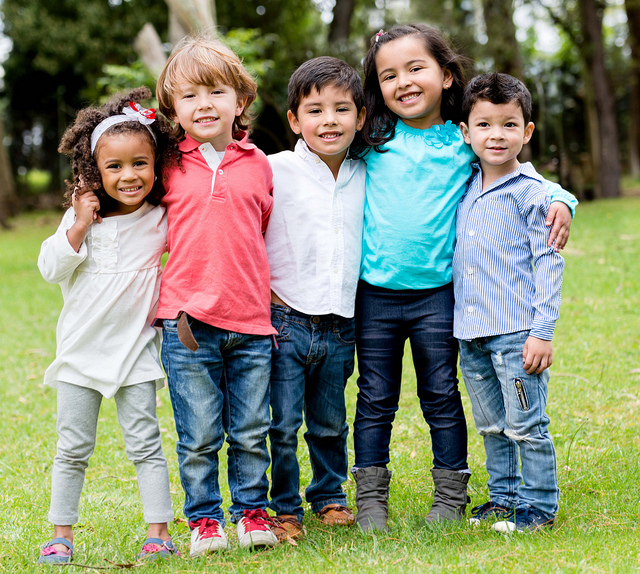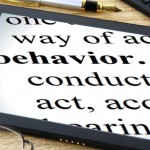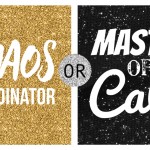A few years ago, I attended grad school with a classmate who researched restorative justice with university students. Her research spoke deeply to me, and I fell in love with the idea of asking young people to take intentional actions to repair harm caused by their behavior. Over the years, I’ve seen these ideas bubble up in my own teaching practices. This blog is about restorative justice: preschool style.
It cracks me up to use a fancy term like “restorative justice” for preschool behavior management, but I believe this concept can be introduced to really young kids. Let me give you some examples of harm that preschool kids do to one another (whether or not by accident): knocking over toys, stepping on fingers, pushing in line, hitting, kicking, weird faces, and saying mean things. Believe it or not, these incidents used to take up huge amounts of my teaching day.
Research indicates teachers should not force preschoolers to say “sorry” because they’re too young to understand the sentiment. Behavior experts suggest teachers should give more attention to the victim than the offender in order to minimize attention-seeking behaviors. But the bottom line is: Getting a preschool child to stop crying can take forever! And the offender often feels angry and resistant to discussion about what went wrong. So how does a preschool teacher manage these daily situations and develop strong classroom community?
Last year, I started a restorative justice practice in my classroom: I simply have the offender ask the victim, “Can I help you feel better?” The offender offers solutions like hugs, high fives, funny faces, or helping to fix something broken. The victim accepts the solution or offers another idea until they mutually agree. Oh how I love the way this has improved my classroom culture!
First, it saves me time. Instead of talking with each child separately, I keep both kids close while they talk it out. Most solutions come quickly and incidents are completely over in about 15-30 seconds! It’s magical to watch a crying child accept a hug, wipe away tears, and run off to play with the same kid who just kicked him! Second, this strategy promotes student leadership. The indirect message becomes “Kids can make things better” instead of “Kids need adults to make things better.” I think this is huge. Third, the kids learn how to apply these strategies in all kinds of situations to help peers feel better. I’ve seen them ask, “Can I help you feel better?” for other preschool problems like: Injuries on the playground, who is first in line, or tearful kids saying goodbye to parents. Win, win, win!
Best of all, this behavior management strategy puts classroom community first. It teaches kids to care about one another and help friends in distress. Recently, one of our girls was crying because recess was over. I could see a few students watching her with concern. One of the boys scooted over and asked, “Can I help you feel better?” The girl nodded her head, and he gave her a hug. Before I knew it, there were about five students hugging her. It was over quickly, and they were all beaming with love. And just like that, we got right back to learning with a class full of smiling, self-reliant preschool kids!
Photo credit: https://www.flickr.com/photos/usdagov/13434141274










Comments 10
You know, I really really like, “Can I help you feel better?” In middle school students will endlessly do something, and then seem to think saying, “My bad,” is a license to then repeat the behavior at the time of their choosing, like one minute later. I try to teach what I learned that if you sincerely regret something, you say your sorry, you feel guilt, you try not to do it again, and you try to make up for it. I mostly only care about the first two if they serve the last two. “Can I help you feel better?” or some equivalent kind of skips over the apology and guilt and moves into a softer version of the latter two, if that makes sense.
Thanks, Sandy! I love how the phrase communicates the importance of caring for each other–and how it translates to real life relationship skills for kids to use down the road. Such powerful words of friendship and healing A parent this year told me that I have created a “caring little family” in my classroom, and I totally think it’s because of this phrase and the principles/beliefs behind it
A parent this year told me that I have created a “caring little family” in my classroom, and I totally think it’s because of this phrase and the principles/beliefs behind it 
Your blog really shows that it is never too early to begin to teach students how to handle their own problems. Thank you for sharing.
Thanks for the comment! I totally agree!
I totally agree!
Thank you Jess, it is so awesome to see that a phrase like “Can I help you feel better?” can be used PK-12!!!! It is about how we all are connected in our communities at school!
Absolutely. I love that the phrase works for any age. Such healing words
Love this piece, thank you for sharing. You are giving them the tools and skills they will need through out their life. And ultimately it’s up to them to own their action and fix it.
Exactly. I love how restorative justice models/strategies put kids in charge of their behavior and allow them to create healing through their future actions. Thanks for the comment!
I often think that Pre-K and Elementary teachers should lead an annual professional development for secondary teachers. Every time I get the opportunity to engage with teachers of the little ones, I learn something about humans of all ages.
Love this comment! Wish we could all spend more time collaborating and learning across grade levels and disciplines